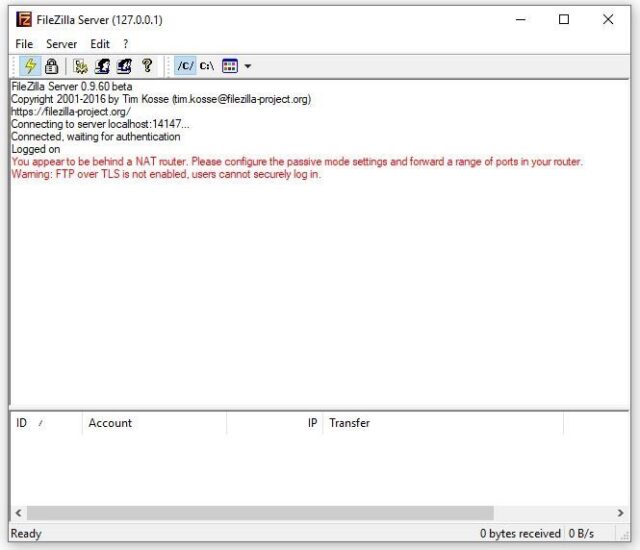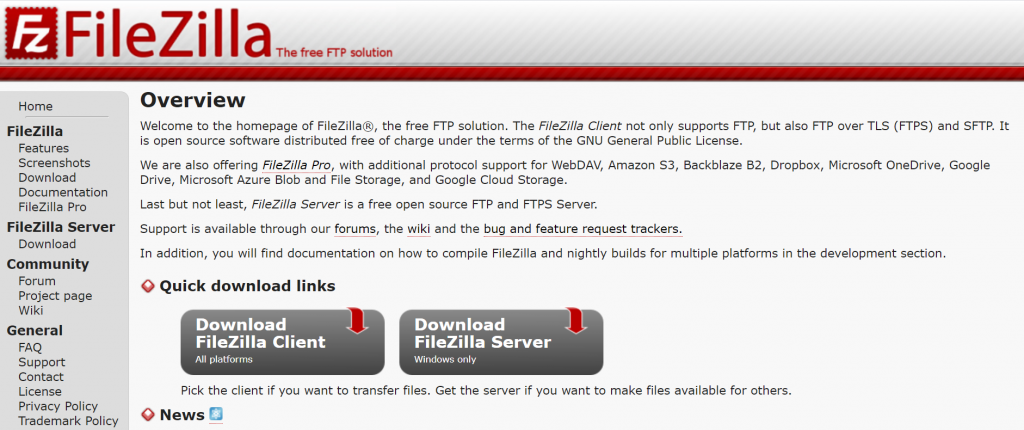

In the good old days, only employees were creating information in an enterprise. Simple pre-defined connections do not ensure governance to manage unpredictability.įTP is not the right solution for a modern-day B2B ecosystem where there are thousands of enterprise systems and hundreds of business partners. FTP cannot scale to address integration needs that are dynamic and unpredictable. They also require a boatload of capabilities for building service compositions and deploying processes across different execution environments.

Complex B2B networks need a process-driven approach rather than an infrastructure-driven approach. Many FTP solutions have traditional middleware under the cover, which lacks service building capabilities. Downsides of FTPįTP is an architecture that drives b2b operations. Some FTP solutions also carry scripting capabilities and synchronizing utilities as well. File transfer resumes automatically when the connection is restored. This arrangement allows users to transfer multiple files. Data transfers through FTP can be done in three modes: Stream Mode (uses continues stream to send data), Block Mode (parses data into blocks), and Compressed Mode (compresses data for processing). Active and passive modes were updated to support IPv6 standards. In passive mode, the client sends a PASV command to the server to receive an IP address along with a server port to establish data connectivity. Initial FTP solutions were command-line programs and many of them still run on Windows, Linux, or UNIX based operating systems.įTP solutions run in active or passive mode. They can also connect without authentication if their server allows. In active mode, the client gets data from the server on the port.įTP users use the clear-text protocol to sign-in and authenticate themselves. This protocol is built around a client-server model, which establishes controls and connections between the client and the server. How it WorksįTP solution is installed on a server-client along with separate data connections and controls for data exchange. This method of file exchange soon ended the dominance of HTTP file protocol.

Enterprises started using the protocol for transferring files between server and clients on a network. What Is File Transfer Protocol?įile Transfer Protocol evolved in 1971 and soon became a standard for B2B data exchange. Here are some reasons why the solution doesn’t meet all the requirements of an enterprise. Over years, FTP has lost its luster and is now considered intricate and time-consuming for modern-day data exchange. This protocol’s initial role was to ensure that files can be passed through applications to reach the target systems. However, the rise of cloud computing has spawned new types of integration challenges, which are hard to cut through with traditional FTP. File Transfer Protocol (FTP) is not totally outdated, many enterprises still use this protocol for electronic data interchange.


 0 kommentar(er)
0 kommentar(er)
